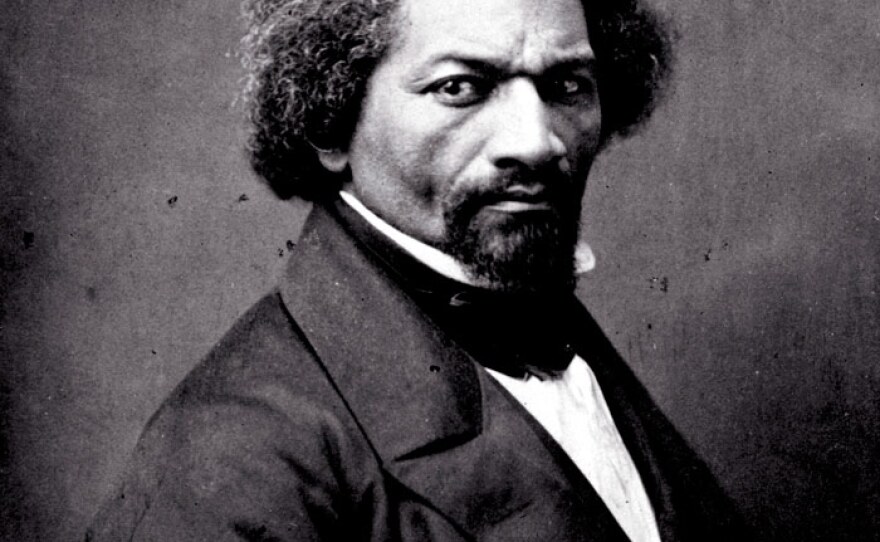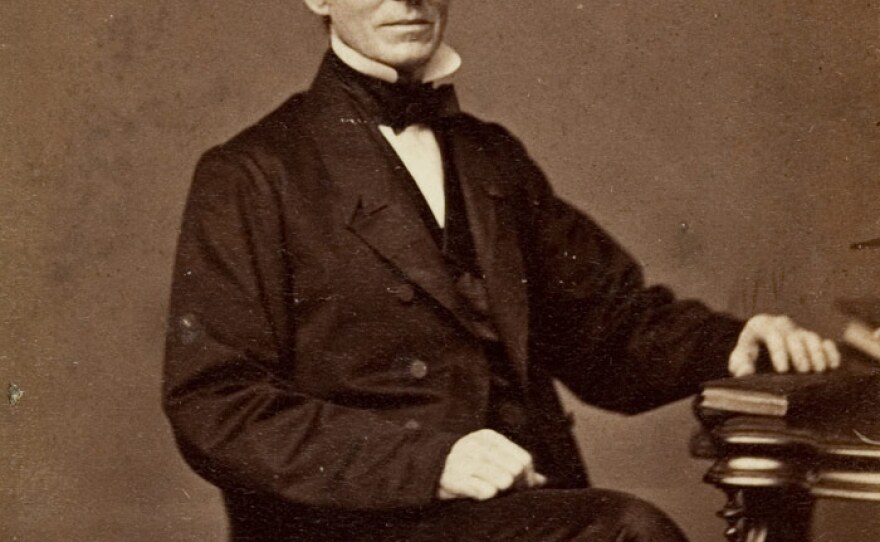The Abolitionist Map of America
Explore the story of the abolitionist movement in America through our interactive map. Dozens of museums, institutions and PBS stations have partnered with AMERICAN EXPERIENCE to bring you archival images, documents and videos related to abolitionism.




Vividly bringing to life the epic struggles of the men and women who fought to end slavery, "The Abolitionists" tells the intertwined stories of Frederick Douglass, William Lloyd Garrison, Angelina Grimké, Harriet Beecher Stowe and John Brown. Fighting body and soul, they led the most important civil rights crusade in American history.
What began as a pacifist movement became a fiery and furious struggle that forever changed the nation. Black and white, Northerners and Southerners, poor and wealthy, these passionate anti-slavery activists tore the nation apart in order to form a more perfect union.
This three-part series, which tells the story largely through period drama narrative, airs 150 years after the Emancipation Proclamation took effect in January 1863.
Directed by Rob Rapley, "The Abolitionists" stars Richard Brooks, Neal Huff, Jeanine Serralles, Kate Lyn Sheil, and T. Ryder Smith.
Part One "1820s - 1838" repeats Tuesday, July 7 at 8 p.m. - Shared beliefs about slavery bring together Angelina Grimké, the daughter of a Charleston plantation family, who moves north and becomes a public speaker against slavery; Frederick Douglass, a young slave who becomes hopeful when he hears about the abolitionists; William Lloyd Garrison, who founds the newspaper The Liberator, a powerful voice for the movement; Harriet Beecher Stowe, whose first trip to the South changes her life and her writing; and John Brown, who devotes his life to the cause.
The abolitionist movement, however, is in disarray and increasing violence raises doubts about the efficacy of its pacifist tactics.
Part Two "1838 - 1854" repeats Tuesday, July 7 at 9 p.m. - Douglass escapes slavery, eventually joining Garrison in the anti-slavery movement. Threatened with capture by his former owner, Douglass flees to England, returning to the U.S. in 1847. He launches his own anti-slavery paper. John Brown meets with Douglass, revealing his radical plan to raise an army, attack plantations and free the slaves.
Harriet Beecher Stowe publishes "Uncle Tom’s Cabin" in 1852. A best-seller, and then wildly successful stage play, this influential novel changes the hearts and minds of millions of Americans. The divide between North and South deepens, touching off a crisis that is about to careen out of control.
Part Three "1854 - Emancipation And Victory" repeats Tuesday, July 14 at 8 p.m. - The battle between pro-slavery and free-soil contingents rises to fever pitch. During his raid on Harpers Ferry, John Brown is captured, then executed, becoming a martyr for the cause.
Abraham Lincoln is elected president in 1860. Southern states secede, war breaks out and the conflict unexpectedly drags on. On New Year’s Day 1863, it is announced that Lincoln has emancipated the slaves in rebel territory. African-American men may now enlist in the Union forces; two of Douglass’ sons go to war.
In December 1865, the Thirteenth Amendment is ratified, banning slavery in all states — forever. For almost four decades, the abolitionists have dedicated their lives to this moment. It is a triumph of perseverance, steadfastness, and in the logic and moral power of a movement that never wavered.
AMERICAN EXPERIENCE is on Facebook, and you can follow @AmExperiencePBS on Twitter.





